Are Succulents Poisonous to Cats? Should you grow them indoors? Find out the answers and get your doubts cleared!

Are you a fan of jade plants, sempervivum, or echiveria? If yes, then do you have any idea whether having these plants around a kitten might be safe or not? So, Are Succulents Poisonous to Cats? Don’t worry if you don’t know! We’ll tell you!
Check out Succulent Care Tips here
Why Some Succulents Are Poisonous for Cats
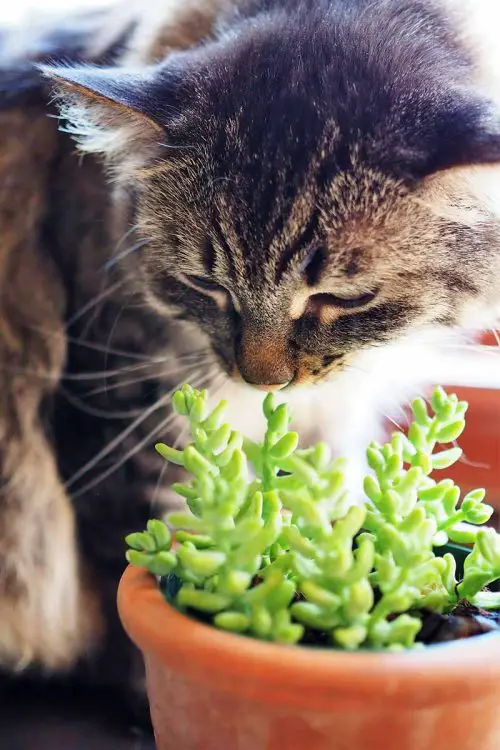
When it comes to creating an indoor garden, or even the outdoor one, succulents are often a popular choice. Their low-maintenance nature makes them perfect for people who lack a green thumb. However, if you have a feline companion, you might want to exercise caution.
So, are succulents toxic to cats? Some succulents are harmful to cats and can lead to various health issues. In this article, we delve into the reasons behind the toxicity of certain succulents to cats and explore the compounds that make these plants hazardous.
Succulents may contain specific toxins that are harmful to cats. These can range from naturally occurring chemicals to synthetic compounds that the plant produces to deter herbivores or inhibit the growth of surrounding vegetation.
The Toxins in Succulents
1. Saponins
One of the most common toxins found in certain succulents is saponins. These chemical compounds can disrupt cellular activity and lead to gastrointestinal distress in cats.
2. Alkaloids
Another toxin present in some succulents is alkaloids. These nitrogen-based compounds can cause symptoms such as nausea, vomiting, and in severe cases, nervous system disorders.
3. Oxalates
Plants like the Euphorbia species contain oxalates, which can cause oral irritation, difficulty in swallowing, and excessive drooling in cats.
What Does it Mean When a Cat Rubs Against You
Signs of Poisoning in Cats
If your cat has ingested a toxic succulent, it may exhibit various symptoms, including:
- Vomiting
- Diarrhea
- Drooling
- Lethargy
- Difficulty breathing
Immediate veterinary attention is essential if you notice any of these signs.
Succulents Toxic to Cats
Wondering what succulents are toxic to cats? Here are the ones.
1. Aloe Vera
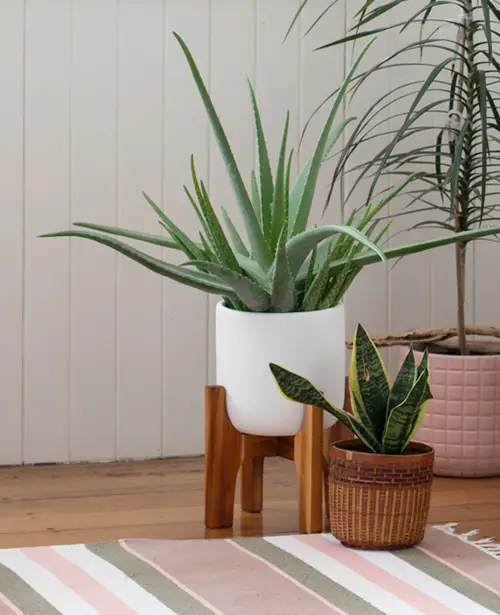
It’s a very common succulent and used widely for medicinal and cosmetic purposes. While it’s completely harmless, beneficial, and edible for humans, it’s toxic to cats. It’s because of the compounds Saponins, and Anthraquinones found in aloe vera.
When ingested, these compounds can cause diarrhea, vomiting, and lethargy. In true aloe, anthracene, anthraquinones, and glycosides are present, which can cause the urine color to turn red and vomiting.
How to Grow an Aloe Plant
2. Euphorbias

The succulents from this family are commonly known as poisonous succulents. The white sap in the leaf seeps out once it’s picked; direct contact can irritate the skin. Rashes, itching, and redness on the skin are some of the common symptoms.
For a cat eating succulents, euphorbia causes irritation in the mouth and stomach, which causes them to vomit.
Note: Not only the cats, the sap of Euphorbia species is also toxic to humans. If entered into the eyes, it can cause serious medical consequences. Always be extra careful when working with plants like pencil cactus and crown of thorns. For more information, read this scientific article.
3. Kalanchoe

Kalanchoe is a florist’s favorite plant, and without a doubt, it’s one of the best flowering succulents. While it’s non-toxic to humans, it’s toxic to cats, dogs, and livestock.
Due to the taste, your pet will not ingest it to the lethal level, but it can cause vomiting, diarrhea, or abnormal beating of the heart. If you don’t trust your cat, make sure to place it out of their reach. Don’t forget to read this informative article here.
Are Succulents Poisonous for Dogs? Here are Poisonous Houseplants for Dogs
4. Chinese Jade
As per ASPCA, this plant is toxic to both cats and dogs. Its ingestion causes nausea, vomiting, retching, and stomach upset.
If your cat is showing any abnormal behavior, such as drunkenness or tremors, eating this succulent might be the reason.
5. Jade Plant
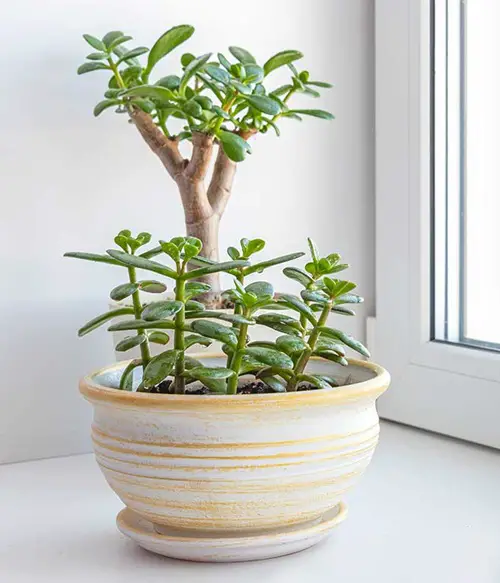
The famous low-maintenance jade plant can be toxic to cats. Vomiting, depression, and incoordination are some of the signs your cat might show if it has ingested it.
Although the ill effects may subside with time, still the affected cat might fall off while climbing or do something stupid. So keep a close watch on them in the first 24 hours.
Can Cats Eat Watermelon? Is It Safe? Learn here
6. Senecio
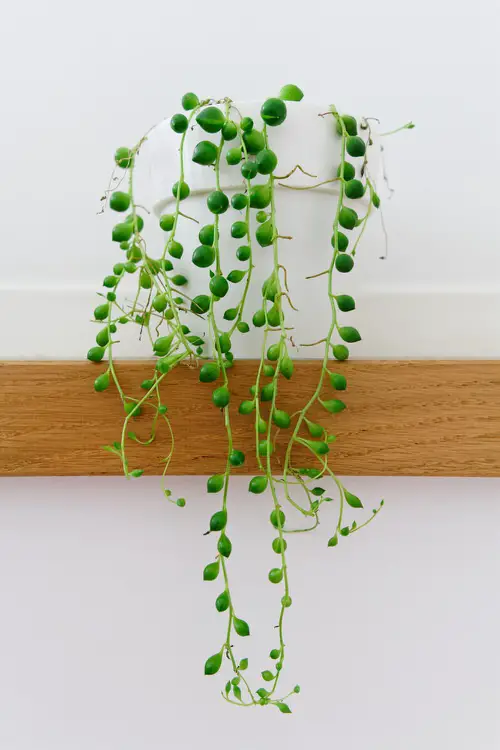
Senecio genus has beautiful and famous succulent plants like String of pearls, Blue chalk sticks, and String of bananas.
All these succulents can be mild to moderately toxic and ingesting them can lead to temporary medical consequences such as depression, anorexia, vomiting, and diarrhea.
A more severe problem is liver damage, which occurs if eaten in a large amount. Usually, these plants are grown in hanging baskets; this way, you can keep them out of reach from your pets.
The Purr-fectly Cat Safe Succulents
Ah, the eternal struggle—trying to keep your garden or home looking Instagram-worthy while also ensuring Mr. Whiskers doesn’t end up at the vet because he decided to snack on your favorite succulent. The good news?
Not all succulents are out to get your cat. In fact, some are as harmless as that ball of yarn they love to chase around. Don’t know what succulents are safe for cats? Let’s delve into the succulents safe for cats that get two paws up from your feline friend!
1. Christmas Cactus

Santa isn’t the only one coming to town; your Christmas Cactus is a welcome guest, too. These plants are non-toxic to cats and add a pop of color during the holiday season.
2. Echeveria
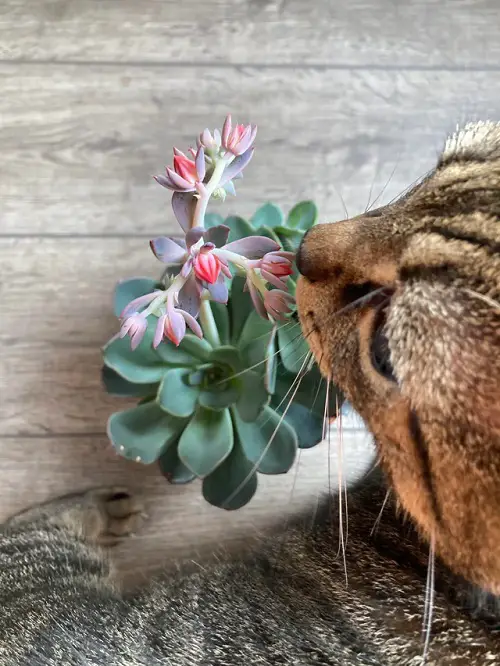
Beauty and safety rolled into one. It’s the George Clooney of succulents, charming yet non-toxic to your fur baby.
Can Cats Eat Rosemary?
3. Burro’s Tail
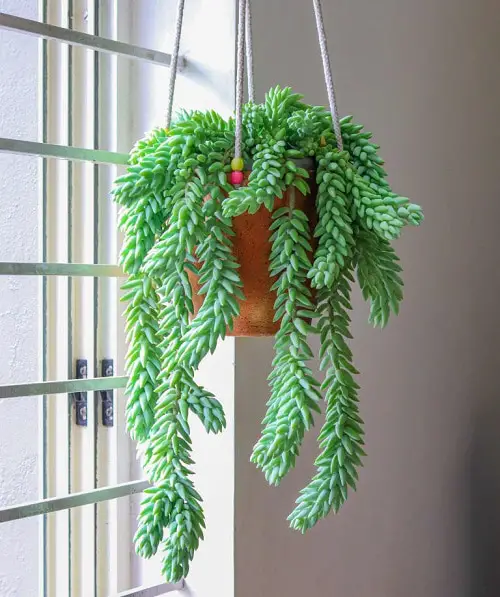
If you can get past the fact that its name sounds like an item from a Tex-Mex menu, Burro’s Tail is a safe bet for both indoor and outdoor settings.
4. Zebra Plant
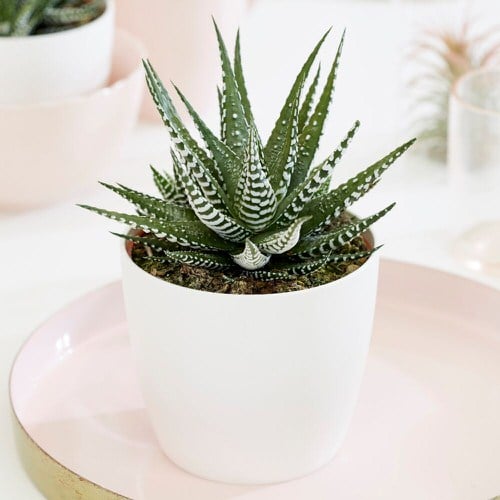
If your cat decides to take a nibble, don’t worry. These are safe and stylish—kind of like feline-friendly haute couture.
Can Cats Eat Apples? Are Apples Bad For Cats? Find Out!
5. Hens and Chicks
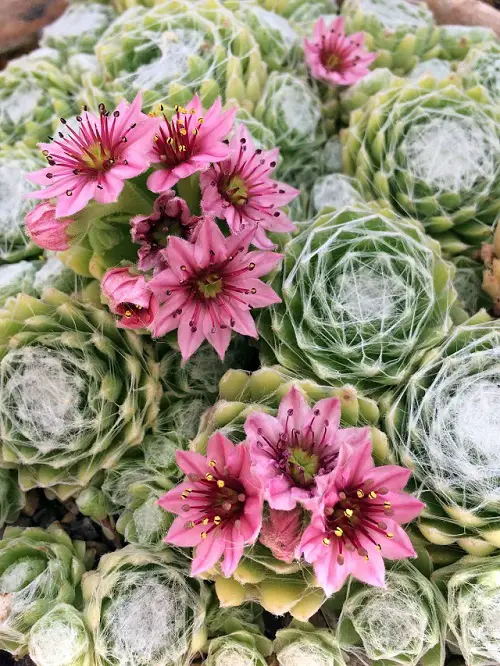
These plants are so harmless they could join a nunnery. Plus, their reproductive style is a lot like a soap opera—dramatic and constantly unfolding. Totally safe for cats!
6. Ghost Plant
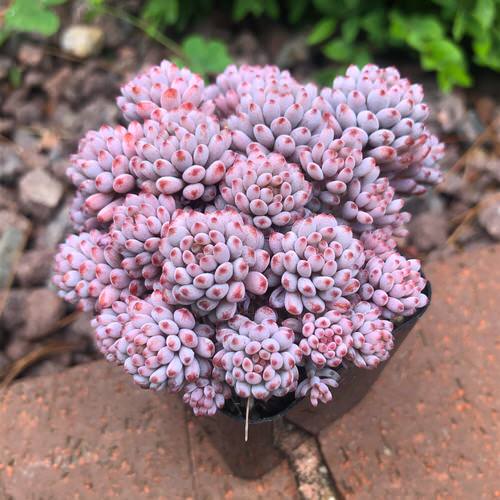
Boo! Just kidding, nothing spooky about this succulent. If cats had thumbs, they’d give this one two thumbs up.
Why Are These Succulents Safe?

While we’re not planning to send any of these succulents to medical school, they are notably lacking in toxic saponins and compounds like anthraquinones that give other succulents their nasty bite. In simple terms, these plants just didn’t make the cut for the “Poison Ivy League” of dangerous greens.
Can Cats Eat Tomatoes? Are Tomatoes Bad For Cats?
Final Thoughts
To achieve harmony in a home or garden filled with both succulents and cats, all you need to do is choose wisely. Stick to this list of feline-friendly flora, and your cat will be purring in botanical bliss while you enjoy a lush, worry-free environment. What’s not to love? Happy planting!



Why does the title state that there are “Eleven Plants” that are poisonous to cats and then only list six? This article does not continue on another “page”.
Major thankies for the article post.Really thank you! Much obliged.